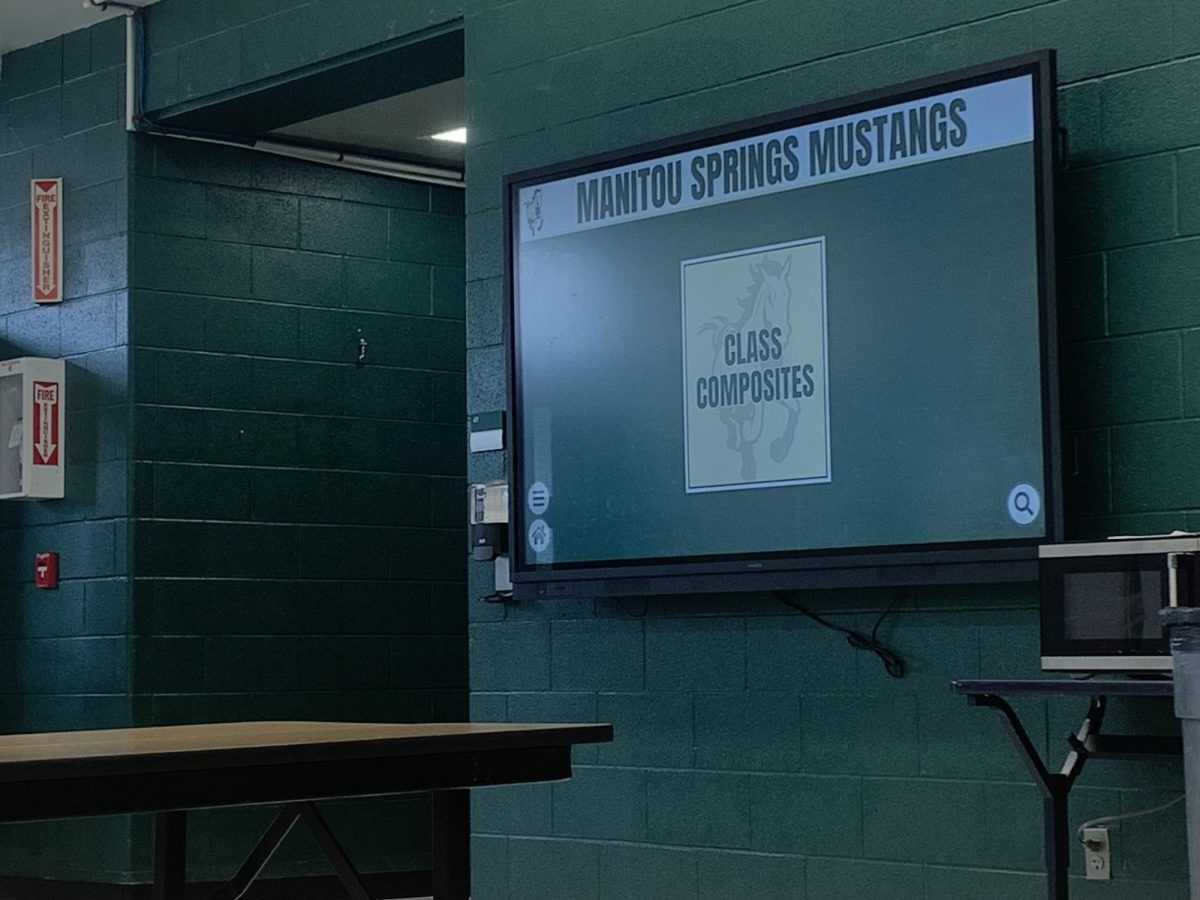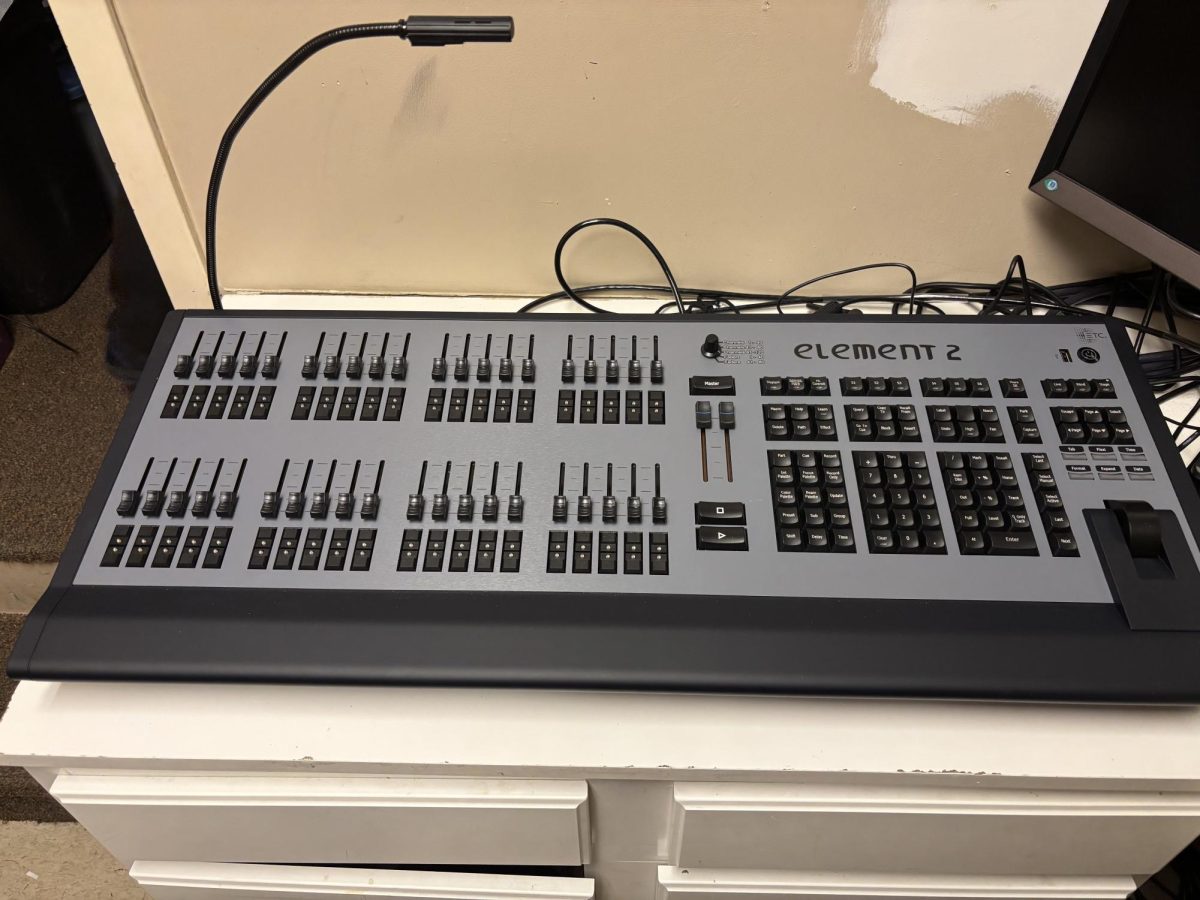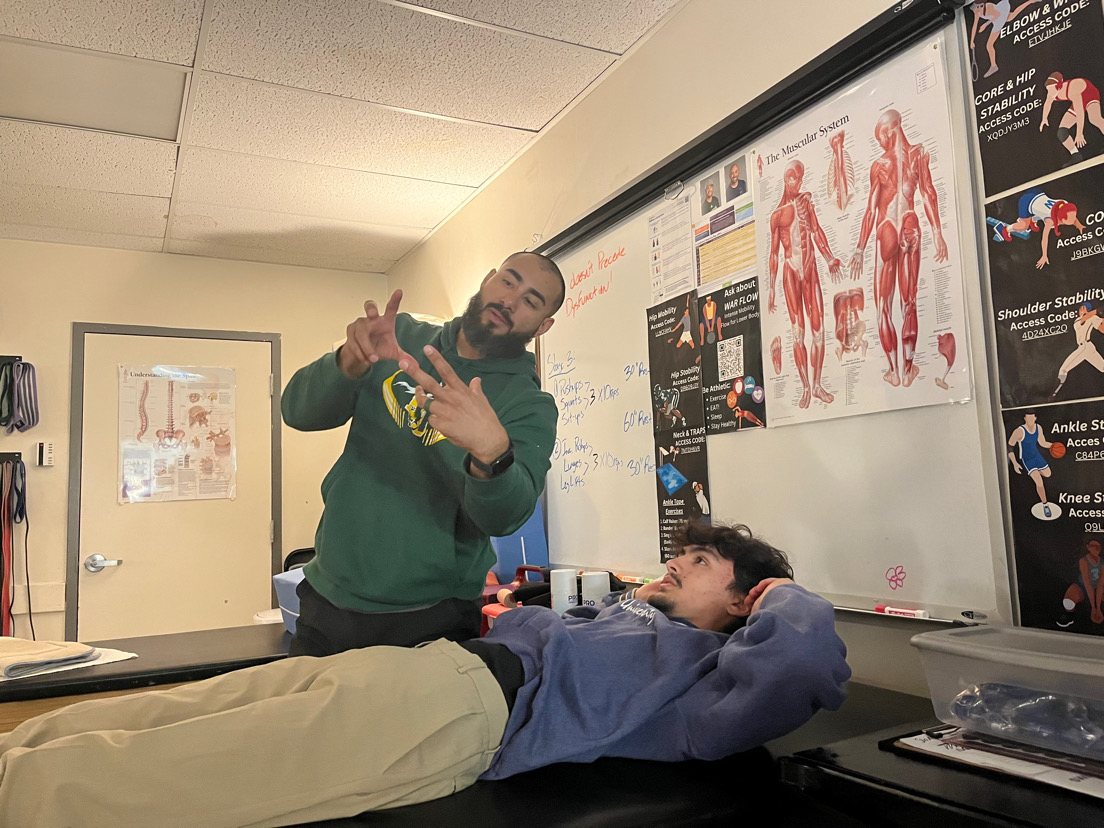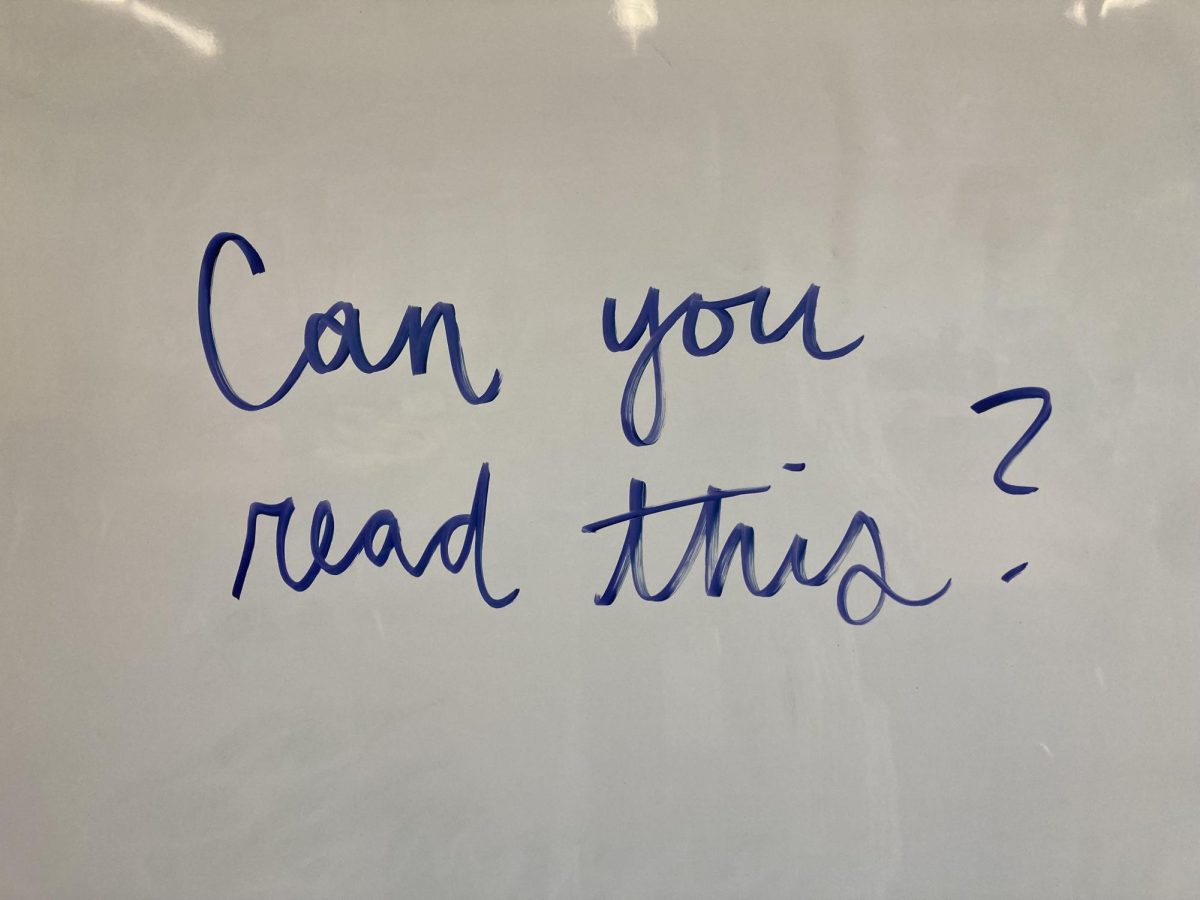In 2010, the Department of Education removed cursive from the required Common Core Standards for K-12 education. Shortly after, students started to become more and more cursive illiterate. Then schools shifted towards laptop and computer based lessons, making the problem worse. Although cursive is no longer required to be taught in schools, the revival of cursive is slowly coming back in some elementary school programs.
The benefits of reading cursive go beyond just analyzing documents in class. Studies show that being able to write in cursive improves retention and comprehension, while also enhancing fine motor skills. A study showed that in a college lecture, students who had taken notes verbatim on a laptop were not able to retain as much information. At the same time, their cursive counter-partner paraphrased the lecture but retained much more information. This functional specialization of cursive helps develop graphomotor skills that build connections in the brain helping retain information. It’s able to combine sensation, movement control, and thought into one action. Although it may require more work it’s scientifically proven to be better for your brain and memory to write in cursive.
Outside of school, cursive is rarely even used. The only time people typically use cursive is when they are signing something or when grandma is taking down the grocery list. Cursive is more important in your early life developing deep thinking and problem-solving skills. To start developing these at a young age it better sets you up for success down the road.
The implications of not being able to read cursive in school could be very detrimental. Maybe you have to analyze a document from the 18th century for a test, and can’t read it. Then, in the next class you have a substitute teacher who only writes the lesson plan in cursive. These little events that could happen any day are outstanding reasons to know how to read it.
The other side of the argument of not seeing it as developmentally important at all is fair. In the age of technology we are moving into, there really isn’t any need for reading or understanding cursive. With the technology we have today, you can transcribe older cursive documents so you can read them, or find a video of someone reading it. The same can be said for signing documents online versus with a pen. Although it’s fun, and useful to know, it may only be useful in certain situations. I wouldn’t go as far as to say the language is dead.
Cursive also saw a large drop in use when texting and emails started coming to the forefront. In 2001, the amount of letters sent in the United States was just over 103,656 compared to 2023 at 45,979. The drop in the letters sent is a clear sign of change to a more modernized world. People would rather type a message and have autocorrect fix and help them, than write a letter legibly and go back and triple check that your spelling is correct along with the grammar.
Either way you view it, cursive is a very important skill to learn early on in life. Not using it every day is fine and you shouldn’t have to in a technology-based world. Having those motor skills and elaborate thinking skills developed is very important.







































